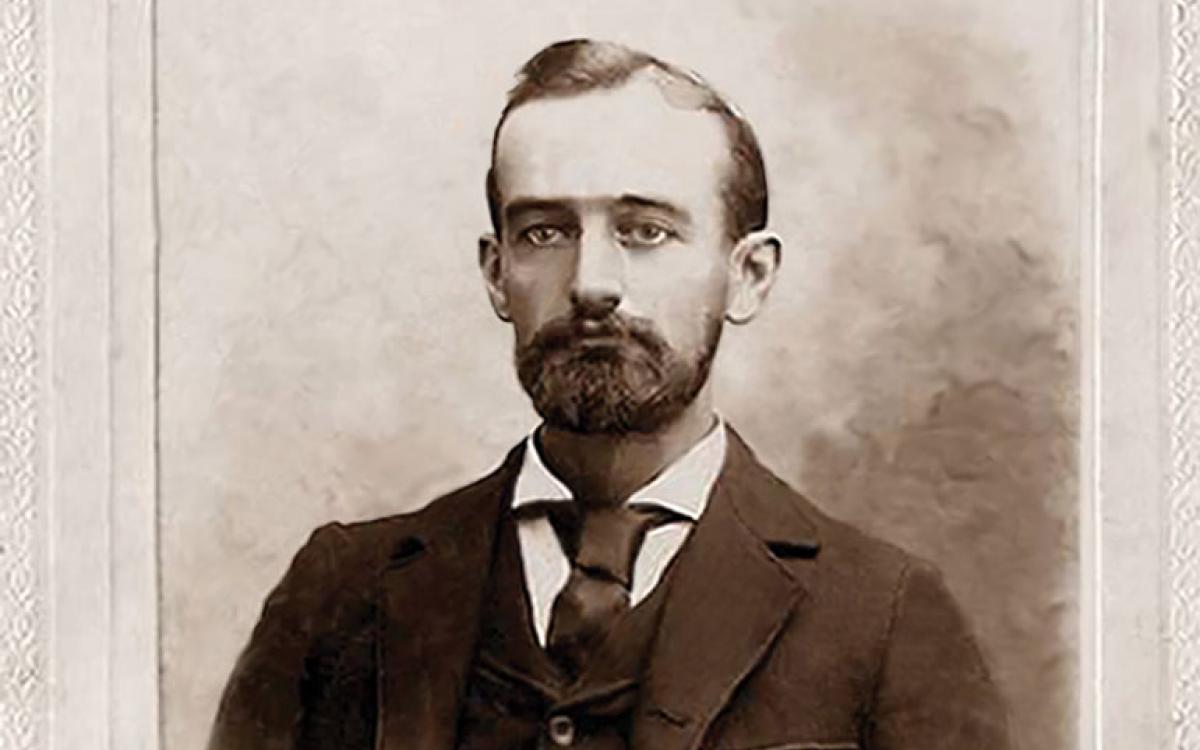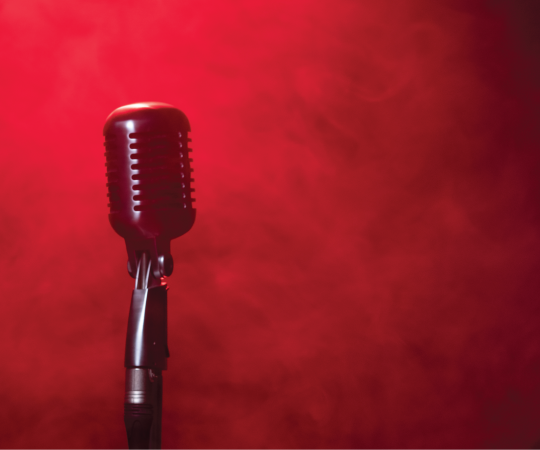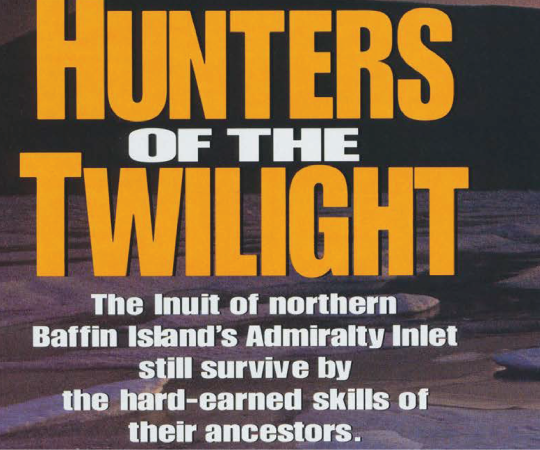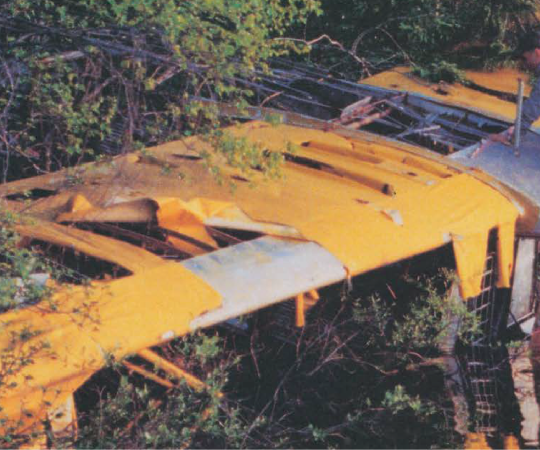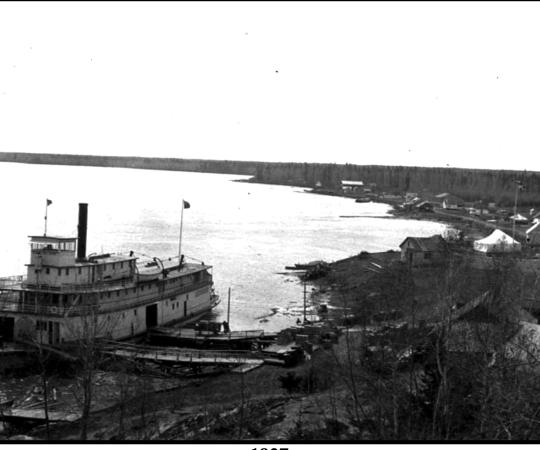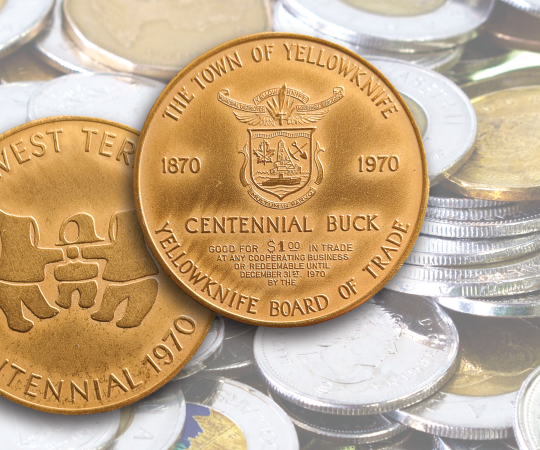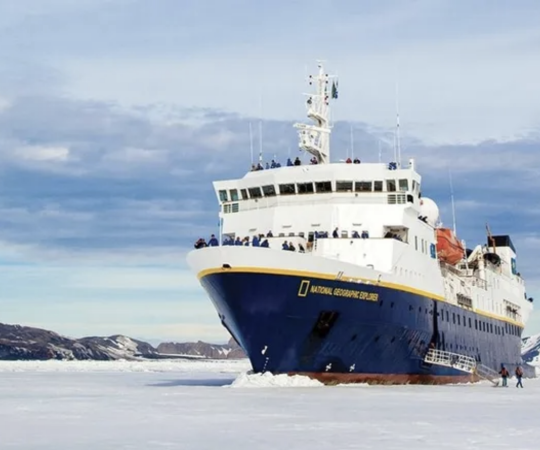There’s not much left of Bennett Town today: just the old wooden church high up above the blue water of Lake Bennett and the empty mountains and sky all around. In summer, the White Pass and Yukon Route train, its engine painted bright green and yellow, still chugs through the space where the tent city used to be. In winter, the whole area is quiet, layered in snow.
The abandoned townsite is more than 4,600 kilometres by road from Chicago’s Trump Tower – the 11th tallest building in the world. It’s a cool 6,000 kilometres from Atlantic City, New Jersey, where the Trump Taj Mahal, a neon parody, sits above the waves. And it’s 4,300 kilometres from Las Vegas, where the Trump International Hotel’s 64 storeys are sheathed, appropriately enough, in glass that’s tinted gold.
It’s a very long way from the Yukon to any of Donald Trump’s glittering properties, scattered across the major cities of the world. But that abandoned townsite at the end of the Chilkoot Trail is where the Trump empire was born: in a makeshift restaurant patronized by thousands of Yukon stampeders. More than a century before ‘the Donald’ first coined his catchphrase, “You’re fired,” his grandfather carved out an opportunist’s fortune from the mayhem of the Klondike gold rush.
Friedrich Trump departed Seattle for the Yukon in the late winter of 1898, when he was just 29. Slight and dark-haired, with a thin face dominated by a broad handlebar mustache, he was already a worldly and business-savvy young man. He’d arrived in the United States in 1885, at 16, the younger child of a German family with too many mouths to feed. After six years in the chaotic bustle of New York City, working as a barber and moving from one pocket-sized immigrant apartment to the next with his older sister and her husband, he’d decided to head for an even newer “New World.” He changed his name to Fred and went west, across the continent.
“For single men the Arctic has excellent accommodations as well as the best restaurant in Bennett, but I would not advise respectable women to go there to sleep as they are liable to hear that which would be repugnant to their feelings – and uttered, too, by the depraved of their own sex.”
Fred knew how to hustle. In Seattle, he launched his first business, a late-night restaurant in a seedy part of town, and learned to navigate a labyrinth of saloons, opium parlours, pawn shops, loan sharks, hookers and flop houses. Later, he set up shop in Monte Cristo, a short-lived mining town just north of the city. In July 1897, when a ship steamed up to the Seattle docks with word of a massive gold strike in the distant North, Trump seized the opportunity. He opened another restaurant, catering to the thousands of stampeders who passed through Seattle, and began stockpiling supplies for his own journey. In March 1898, he boarded a ship bound for Skagway.
It’s an iconic scene, repeated in grainy photo after grainy photo: the long line of men slogging single-file up a sheer, snow-covered slope, one foot after the other, climbing towards the Canadian border at the top of the Chilkoot Pass. But Trump, with money in his pocket from the restaurant in Seattle, was able to use pack animals and cross the mountains on the other, less brutal route: the White Pass.
Less brutal for humans, at least. The route was also known as the Dead Horse Trail, named for the thousands of animals that died under their loads and were ground into the rock and snow by the crowd passing over them. On that trail, Trump’s entrepreneurial spirit kicked in again. With another greenhorn named Ernest Levin, he pitched a tent beside the path and opened a restaurant offering hot, simple meals to the stream of prospectors flowing past. Fresh ingredients were easy to come by: One of the menu items was horsemeat.
By the end of May, Trump and Levin had made it to Bennett, where they opened the New Arctic Restaurant and Hotel. It was a two-storey building made from milled lumber, a rarity in the sea of tents and lean-tos. Apart from Trump’s establishment, seemingly every scrap of available wood in the area was being made into boats for the journey north to Dawson City. According to the Trump family’s biographer, Gwenda Blair, the restaurant was decadent: “In the larder was salmon and an extraordinary variety of meats, including duck, ptarmigan, grouse, goose, and swan, as well as caribou, moose, goat, sheep, rabbit, and squirrel. Incredibly, the New Arctic served fresh fruit: red currants, raspberries, strawberries, blueberries, blackberries, even cranberries. A small oasis of luxury, the Arctic’s menu was a vast improvement over what the two restaurateurs had been able to offer on the trail.”
But an unnamed letter-writer to the Yukon Sun newspaper, a stampeder passing through, painted a slightly different picture. “I would advise respectable women traveling alone, or with an escort, to be careful in their selection of hotels at Bennett,” he wrote. “For single men the Arctic has excellent accommodations as well as the best restaurant in Bennett, but I would not advise respectable women to go there to sleep as they are liable to hear that which would be repugnant to their feelings – and uttered, too, by the depraved of their own sex.” Apparently, it wasn’t just Trump’s assortment of poultry dishes that brought in the crowds.
In the spring of 1900, the White Pass and Yukon Route railroad was completed: Skagway and Whitehorse were now linked by rail and Bennett Town was fading into the history books. But, just as he had been in 1897, Trump was ahead of the curve. When the ice broke, he and Levin loaded their hotel onto a boat, floating it downriver toward Whitehorse. They disassembled the building before they hit the Whitehorse Rapids, then rebuilt it again in the booming new town. The New Arctic Hotel and Restaurant, in its second incarnation, was up and running on Whitehorse’s Front Street by the time the first White Pass & Yukon Route train rolled into the station.
The Arctic was open around the clock; Trump and Levin claimed to be able to serve 3,000 meals per day. As they had in Bennett, the duo offered upscale food and discreet accommodations for men and women of loose morals. Through its first summer, fall and winter, the place thrived.
But trouble was brewing for Trump. Levin was increasingly unreliable: He drank and ran up debts around town. On top of that, rumor around Whitehorse was that the authorities planned to crack down on the gambling, drinking and prostitution that kept the local economy running. As late as May 1901, an advertisement in the Whitehorse Star still claimed that The Arctic Hotel and Restaurant was the “newest, neatest, and best equipped north of Vancouver,” but in truth the place was bogged down in ownership troubles and Trump was on his way out. Just over three years after he’d arrived in the North, he cashed out and left the territory. Once again, his timing was impeccable: The gold rush was over; stampeders were leaving the Yukon in droves.
In the past, when he’d said goodbye to New York, Seattle and Monte Cristo, Trump had skipped town with just enough capital to get himself started again somewhere else. But this time he left as a respectable businessman with a bankroll large enough to travel to Germany in search of a wife. When he found her and returned to America, he would settle in New York City once again – where, in 1905, his son Fred Jr. was born. Fred Jr. would go on to earn hundreds of millions as a New York City real-estate magnate. His son, Donald, would build a glittering neon empire – all thanks to that two-storey wood-framed restaurant in Bennett Town, with its goose and its berries and its “excellent accommodations” for single men.

